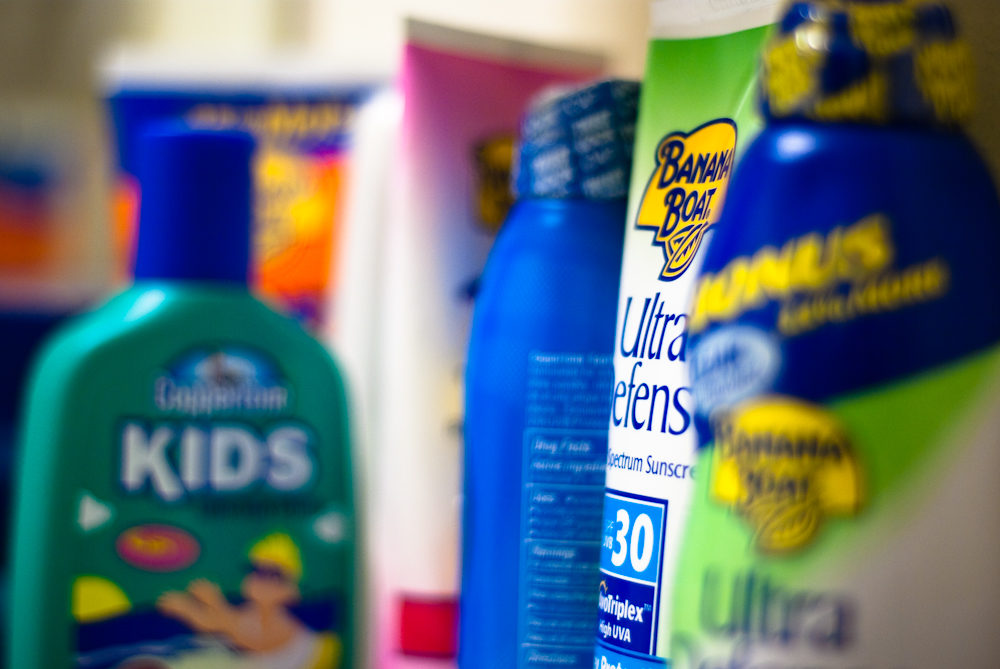Youths Using Less Sunscreen As Melanoma Rates Rise: Study

As the rate of Americans diagnosed with melanoma each year continues to increase, a troubling government report suggests that fewer teens are using sunscreen products that may reduce the risk of skin cancer.
According to data presented in the U.S. Centers for Disease Control and Prevention (CDC)’s Youth Risk Behavior Surveillance System report, the percentage of teens who use sunscreen to protect their skin from sun damage dropped more than 10% from 2009 to 2011. During 2005 the rate of teen sunscreen use declined to a low 5%, the lowest of the ten year tracking period.
CDC researchers examined the use of sunscreen and indoor tanning devices among a sample of high school students across the U.S. Between 2001 and 2011. While teens are generally less responsible with skin-protection habits, the report revealed a decline sunscreen use and an increase in indoor tanning use.

Did You Know?
Millions of Philips CPAP Machines Recalled
Philips DreamStation, CPAP and BiPAP machines sold in recent years may pose a risk of cancer, lung damage and other injuries.
Learn MoreTeen sunscreen use declined from nearly 68% in 2009 to 56% n 2011. Indoor tanning use deviated only slightly, decreasing to 13% in 2011 from 15% in 2009.
“Skin-protection behaviors are especially important for children and adolescents because sun exposure during childhood and adolescence directly influences the development of skin cancer later in life,” the CDC study states.
Females tended to use indoor tanning devices more than men. In 2009, 25% of women tanned indoor regularly. Only six percent of males used indoor tanning devices, like tanning beds, lamps or booths, in 2009.
The use of indoor tanning was the highest among white females, with a use rate of more than 37% in 2009 and nearly 30% in 2011.
Even more concerning, researchers found the prevalence of tanning bed use increased with high school grade level. However, sunscreen use was similar across all grade levels.
Overall more women tend to wear sunscreen, but researchers emphasize a greater need for prevention efforts aimed at teens to reduce risk for skin cancer.
Skin Cancer Concerns
The American Cancer Society indicates that melanoma, the most dangerous form of skin cancer, is diagnosed in about 69,000 Americans each year and causes about 8,650 deaths annually. The CDC study found that rates of melanoma increased 1.6 percent among men and 1.4% among women every year from 2001 to 2010.
A study published in June found teens who used tanning beds were more likely to develop basal cell carcinoma and were more likely to be diagnosed at a much earlier age.
More than 40 percent of incidences of basal cell carcinoma were found on the back or chest of the participants, instead of the head or the neck. These occurrences are considered to be associated with indoor tanning, instead of exposure to natural outdoor light.
The Surgeon General issued a warning in July highlighting the dangers of indoor tanning bed use and the increased risk of developing skin cancer. The call to action noted skin cancer from indoor tanning had become a major health concern that needs to be addressed.
Photo courtesy of booleansplit via Flickr CC by 2.0
Get more articles like this sent directly to your inbox.
"*" indicates required fields





0 Comments